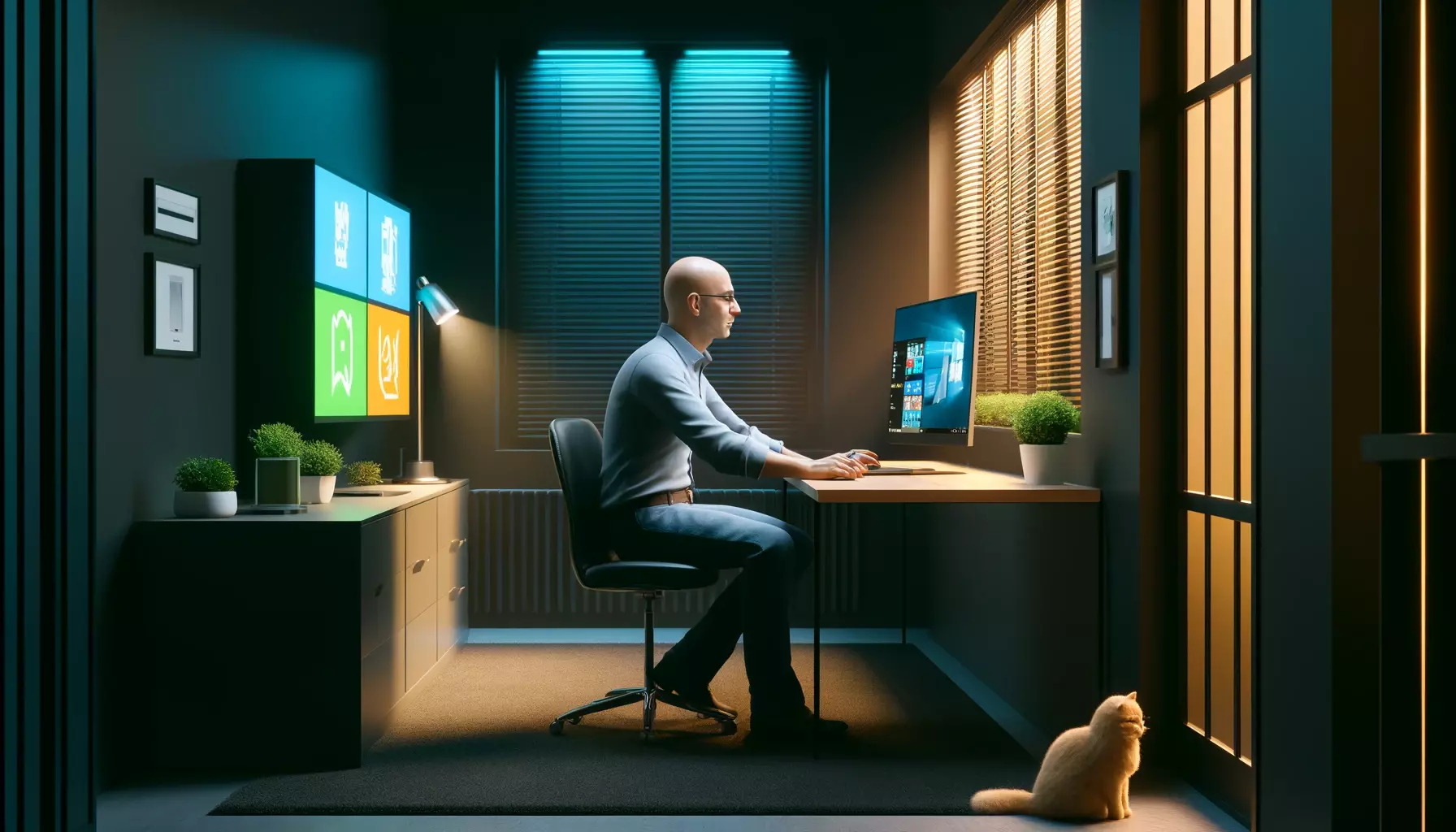Capturing screenshots on Windows is an essential skill for many users. Whether you’re dealing with Microsoft Windows 10 or the newer Windows 11, the process can vary slightly. This article provides a comprehensive guide on how to screenshot on Windows, complete with images to help you understand each step clearly.

1. Using the Print Screen (PrtScn) Button
The most universal method across all versions of Windows, including Windows 10 and Windows 11, is the Print Screen key.
The Snipping Tool has been a part of Windows for a long time and is still available in Windows 10. However, in Windows 11, it’s been updated and renamed to ‘Snip & Sketch’.
For those who need to save a screenshot directly without editing:
The Xbox Game Bar is another built-in feature of Microsoft Windows, ideal for gamers but useful for general users as well.
If you need more advanced features, numerous third-party applications are available that offer enhanced functionality for capturing screenshots. These tools often include features like delayed captures, extensive annotation tools, and direct upload options.
Knowing how to screenshot on Windows is a handy tool in your tech toolkit, whether for capturing bugs, saving important information, or creating guides like this one. With multiple built-in tools and third-party options, Windows 10 and Windows 11 make it easier than ever to capture and share what’s on your screen.
Remember, as Leonardo da Vinci once said, “Simplicity is the ultimate sophistication.” Microsoft has embraced this by providing multiple simple ways to capture screenshots, ensuring that users can easily accomplish this task without needing complex tools.